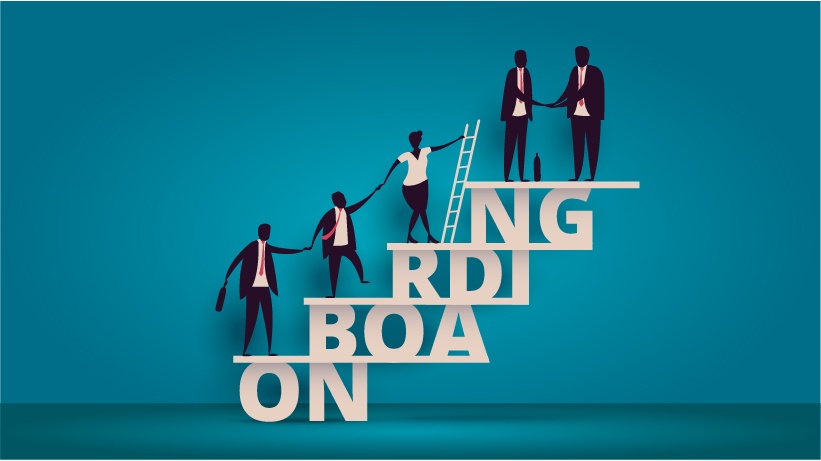5 Challenges You Might Face When Designing Onboarding Programs
In this article, we'll be looking at the often-faced challenges surrounding the design of your employee onboarding program, and the ways to eliminate them. Over the years, many organizations have been organizing onboarding programs to help their new hires become productive quickly. The program helps new employees improve their engagement, retention ability, and overall employee experience. However, research has shown that only a few organizations are recording success with their onboarding programs. With only 12% of new employees agreeing that their organizations are delivering useful onboarding programs, there's a need for the proper incorporation of the program. This will help reduce the rate at which new hires quit their jobs for other jobs. So, to incorporate an effective employee onboarding program, you need to know the problems associated with it. A good onboarding program can help boost your business growth and increase your bottom line. Here are 5 challenges that you may face while designing your onboarding program and how to avoid them.
1. Overloading Information On The First Day
No doubt, many new hires are always nervous on their first day of work. This could be a result of several reasons, including meeting new faces, learning new challenging processes, and filling out different work documents. Although some reasons may be unavoidable, some can still be avoided through proper planning. For instance, the issue of being nervous on the first day because of filling out different paperwork can be avoided. Instead of employers making it compulsory for new hires to bring all their hard copy documents, an online platform can be created to tackle the issue. How? You can create an electronic platform and enable your new hires to submit all their paperwork. You don't need to worry about storage, as the paperwork will properly be secured in the cloud. This will prevent employees from getting nervous and help contribute to the success of your onboarding program.
2. Role Clarity
Gone are the days when a list of tasks and responsibilities was enough to give new hires a robust understanding of specific organizational roles. You need to enlighten them about their job roles and responsibilities, not just list them out. Since the orientation program is an essential part of your employee onboarding program, you can take the opportunity and make them understand their roles. This will help to build confidence in them while they try to adjust to the new job processes. Another way to build confidence and enhance your new employees' clarity is by incorporating both formal and informal training in your onboarding program.
3. Not Clearly Expressing Your Organization's Culture
Let's face it, listing your organization's core values on a PowerPoint slide is not enough to tell what makes your company a good place to work. Your new hires want more than that, as they need assurance that they belong with you. They are interested in knowing how things are done differently in your organization. So, to ensure that you convey your organization's core values, you can provide them with immersive training. This will enable your new hires to have a feel of your values, not just see them. For instance, if part of your culture preaches safety, you can provide them with an immersive experience. You can also bring in executives who can tell stories about tough calls and how to prevent risks.
4. Having No Idea That Your Onboarding Program Is Failing
One of the challenges in the onboarding program is that most employers have no idea their onboarding program is failing until they begin to lose their employees. Well, it doesn't have to come to losing new hires. You can use pulse surveys throughout your onboarding program to learn if your new employees are failing to connect with your organization. Besides, you can collect your organization's onboarding data and combine it with your other performance metrics, including engagement and exit data.
5. Not Prioritizing Your Employee Onboarding Program
I'm sure you'll agree with me that first impressions are lasting impressions. Your onboarding program can determine if your new hires will stay or leave your organization. So, to ensure a lasting impression, you need to prioritize the program. By doing so, you make a good impression on them and make them see the reasons to stay in your organization. The purpose of designing your onboarding program is to create a smooth transition to the new roles for your employees. Try as much as possible to avoid the different challenges in the onboarding program in order to ensure that your new employees will become productive for your organization.








